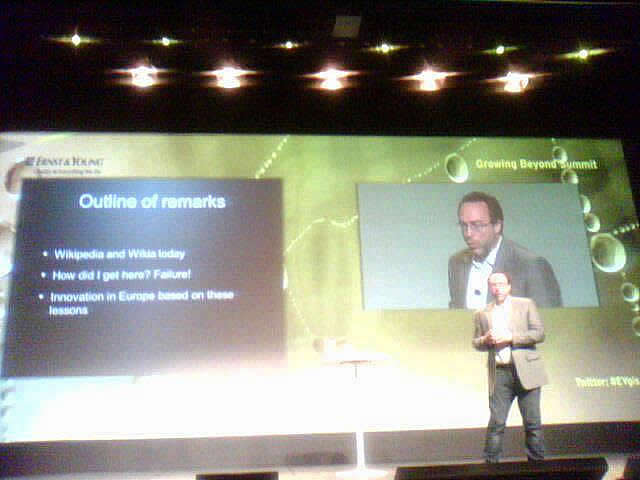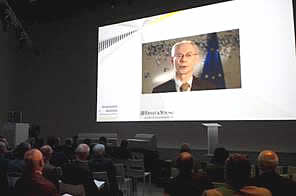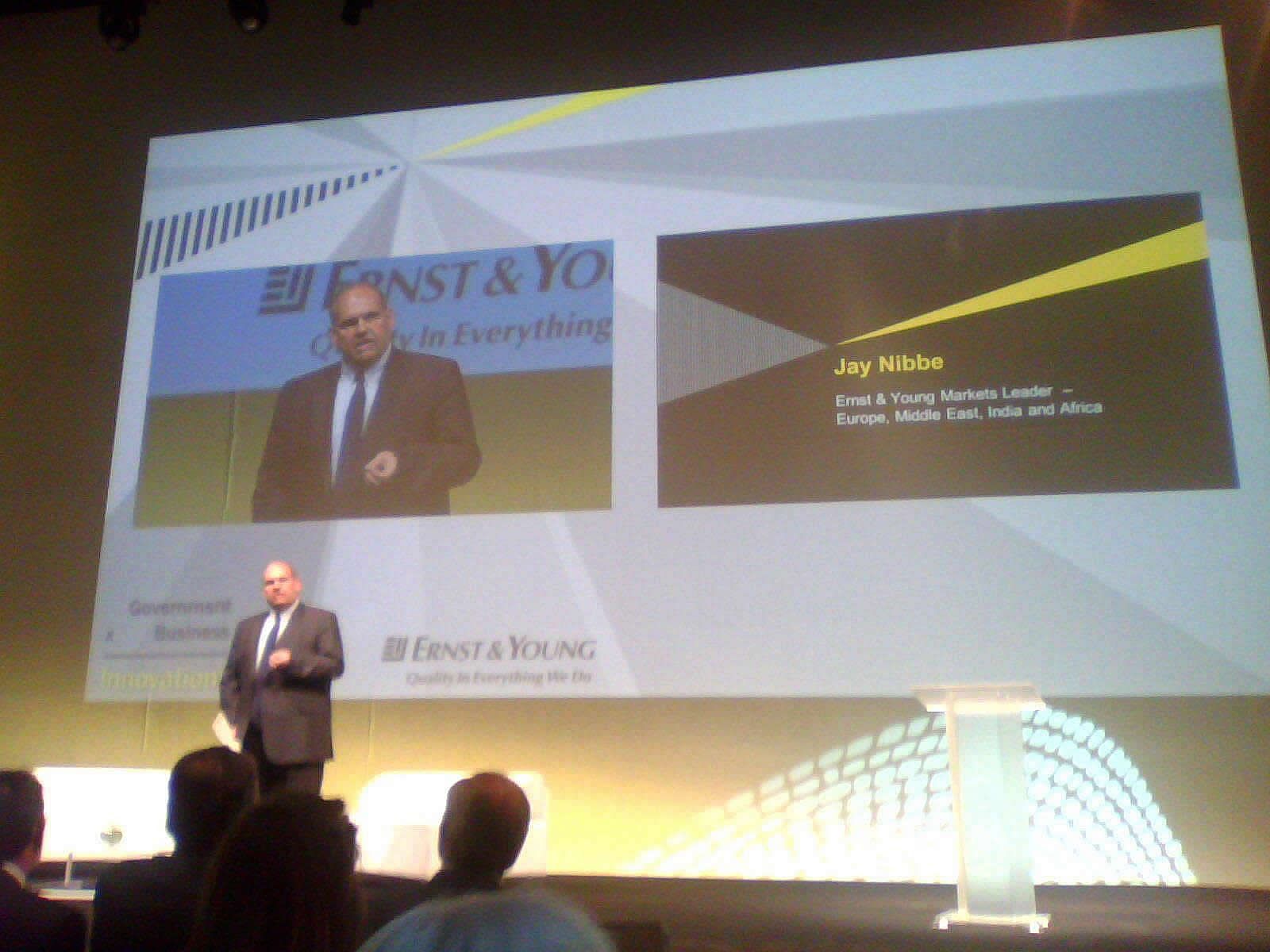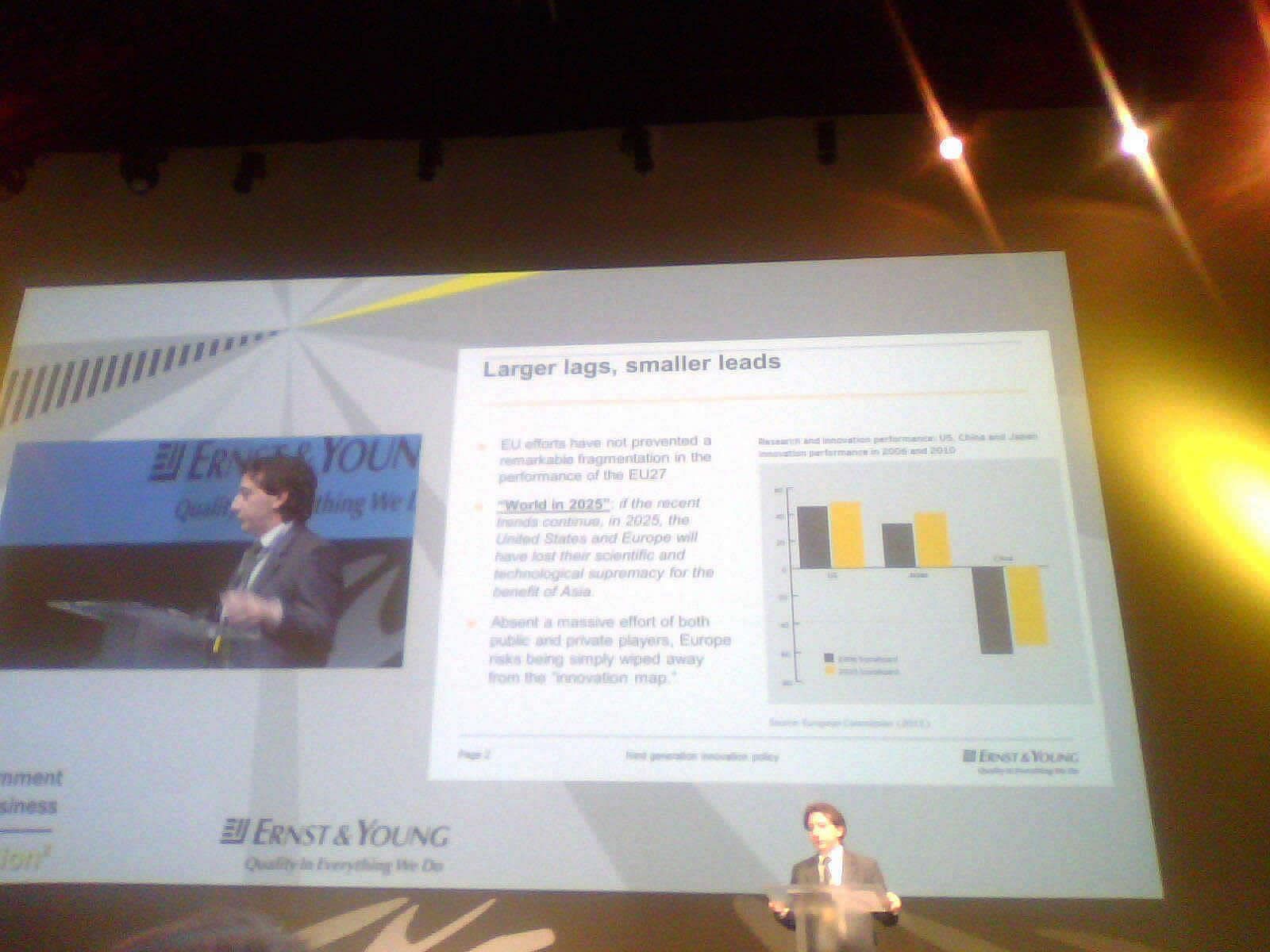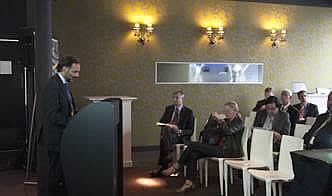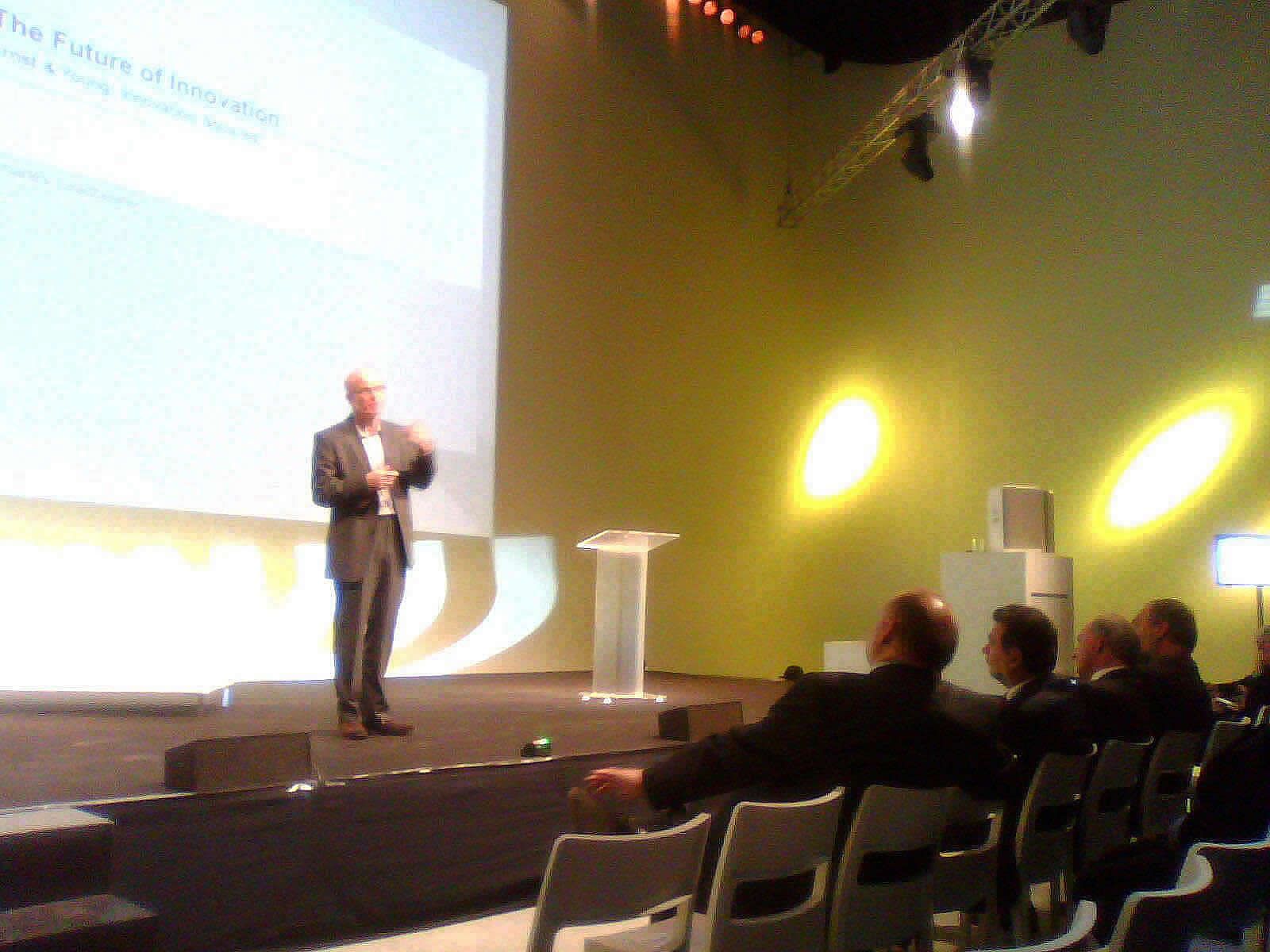Europe and the world: larger lags, smaller leads:
Over the past two decades, the gap between Europe and other regions of the world in terms of growth and competitiveness has been constantly widening. You can see how Europe lags in the following indicators:
- Education: Today in the EU, one person in three aged 25–34 has completed a university degree, compared with more than 50% in Japan and 40% in the US.
- Patents: Although Europe has taken the lead in proposing ambitious emission reduction targets, the technologies that Europe and other regions of the world will employ to achieve these target will not be European.
- Private R&D spending: European basic research still competes, in many traditional sectors, with other regions of the world. However, in terms of bringing innovative products to market, Europe compares poorly next to its global competitors.
EU innovation: past mistakes, current prospects:
It is not the quantity of public funding of R&D and innovation, but rather its quality that hampers EU’s economic recovery.
This undesirable result can be seen as a combination of several factors.
- Responsibility for innovation policy is badly distributed between Brussels and national capitals.
- EU budgets have not funded regional innovation policies well. Additionally, these policies aren’t well aligned with the European Commission’s mainstream research and innovation policy.
- Within the European Commission, several Directorates General, DGs, and sub-offices have been sharing policy portfolios linked to innovation policy.
- There are so many different programs for the funding of innovation that companies wishing to receive funding may have problems in realizing where to go and for which line of budget to apply.
Recently, with the second Barroso Commission, these problems were addressed through attempts to centralize innovation policy. Getting governance right in the Commission is important, but only means fixing a piece of a much bigger puzzle.
What innovation policy?
It doesn’t make sense to create a forward thinking innovation policy based on today’s economy. Why? The rate of change for markets, technologies and innovation move so quickly that the policy would be old by the time of implementation. Instead, a really “innovative innovation policy” requires that governments anticipate market developments by strengthening the dialogue with market players and enabling information sharing between private parties.
Towards innovative innovation policy:
How can leaders revise the EU innovation policy to consider industry needs and evolving market trends at an early stage of formulation? Possible ways to accomplish this goal include the following:
- Use new technologies for ongoing consultation of industry stakeholders
- Enable more effective technology transfer between universities and industry in Europe
- Exploit networks as cooperation have become more important than competition as key drivers for innovation
- Invest in innovation platforms
- Facilitate co-innovation as a way to extend the scale and scope of external partnerships and alliances
- Strengthen demand-side policies
- Innovative financial instruments, including intellectual property, IP-backed finance, cooperation between governments and commercial lenders
- Unleash the hidden power of public private partnerships
- Rethink subsidiary to identify the areas in which the fragmentation of national innovation policies is hampering EU competitiveness
- Improve the governance of EU innovation.
Government 2.0: anticipating society's needs:
Government 2.0 is a concept where citizens are involved not only as taxpayers and customers of public services, but as co-creators and coregulators, thanks to the use of modern services to stimulate the participation of individuals in public policies.
If these options can be implemented to enable the participation of citizens to public policy, why shouldn’t they be applied to innovation policy? One idea is providing innovative businesses, researchers and citizens with a common platform aimed at exchanging ideas solutions to better identify society’s needs.
Next generation technology transfer:
Technology transfer has traditionally been one of the key engines of innovation in industrialized countries. This is especially true where education systems are well developed, and universities produce a wealth of innovative solutions through basic and applied research.
In Europe, knowledge and technology transfer between university and industry is still a missing link in the innovation value chain. Factors hindering the development of university-industry partnerships and academic spinoffs include:
- The absence of an entrepreneurial culture in many European universities
- The lack of a full-fledged, pan-European patent
- The limited development of innovation markets and intermediaries
From markets to platforms, networks and hubs:
In order to fully exploit the potential of new technologies, it is necessary to move from a concept of “market” to a more value-chain-oriented approach. Today, it is widely acknowledged that the cluster form has a very important impact on transaction costs and knowledge-sharing, and can prove very important for innovation and competitiveness, skill formation and information, growth and long-term business dynamics.
Clusters are extremely important for the EU economy because 38% of European employees work in industries that concentrate regionally.
Harnessing the power of demand-side policies:
Europe should boost public procurement of innovative solutions, especially through pre-commercial procurement. Public procurement in the EU represents around 19.4% (€2,200 billion) of the EU’s GDP. Public authorities have a substantial purchasing power that they could use to stimulate innovation. However, in contrast to other countries, only a few innovations are supplied or demanded by public procurers in Europe.
One area where public procurement can prove decisive for the future of European competitiveness is certainly eco-innovation, part of the so-called “green public procurement.”
In the future, crowd sourcing and similar variants will become a more important way of conceiving innovative solutions, and, most importantly, for societal challenges faced by EU’s ageing and increasingly multi-cultural society. |

